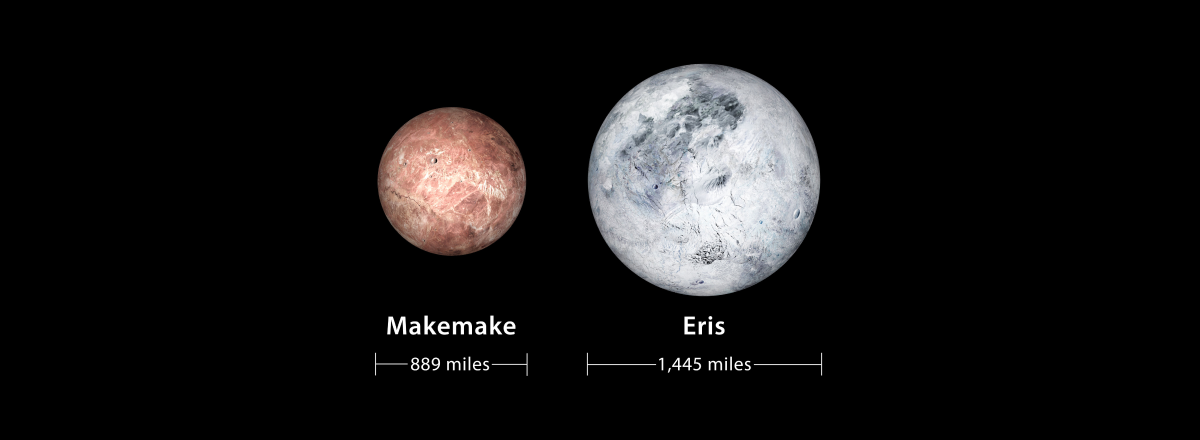Dwarf Planets Eris and Makemake May Harbor Warm Underground Oceans
The evidence of methane with a geochemical origin, as opposed to being remnants from the Solar System's formation, suggests that Eris and Makemake have experienced, or are still experiencing, warm geochemistry within their cores.

Astronomers have long considered the outer reaches of our Solar System, particularly the Kuiper Belt, to be a frigid, almost static place, populated by icy bodies too cold to host any form of geothermal activity. However, recent observations made by the James Webb Space Telescope (JWST) are challenging these assumptions, suggesting that dwarf planets like Eris and Makemake could be harboring internal oceans beneath their frozen exteriors.
The JWST's analysis, which focused on the spectral signatures of methane on the surfaces of Eris and Makemake, revealed surprising evidence of geothermal processes at work. The findings indicate that these distant worlds might possess rocky cores warm enough to produce methane through hydrothermal reactions. This revelation points to the potential for liquid water oceans beneath the icy crusts of Eris and Makemake, making them more geologically active than previously believed.
The evidence of methane with a geochemical origin, as opposed to being remnants from the Solar System's formation, suggests that Eris and Makemake have experienced, or are still experiencing, warm geochemistry within their cores. This could mean that cryovolcanic processes have been delivering fresh methane to their surfaces in geologically recent times, a hypothesis supported by the observed carbon isotope ratios.
The implications of these findings are profound, not only for our understanding of the Kuiper Belt's inhabitants but also for the potential habitability of distant, icy worlds. The presence of internal oceans could make these dwarf planets candidates for hosting microbial life.

